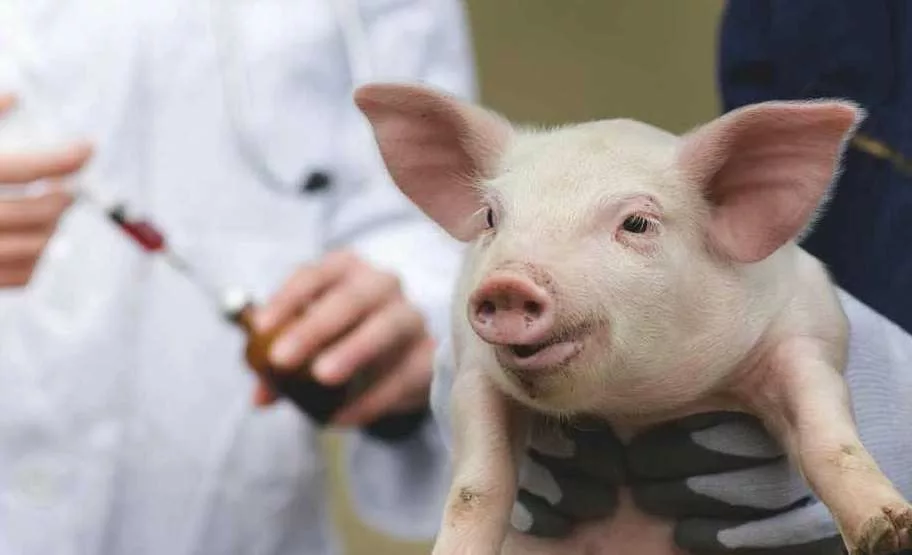I thought it might be fun to invite you to test your knowledge of antibiotic use in agriculture, so I created a quiz in honor of Antibiotic Awareness Week. Below are five true/false statements, followed by the answers. Can you determine which are true?
I’m curious to know how you do, so please take the quiz below and click “Done” to see your results and feel free to drop me an email with any additional questions or comments. Part of my curiosity relates to comments and questions I receive that reveal continued confusion over the use of antibiotics. So, I’d appreciate knowing if any of the statements trip you up. This will help to inform future blogs.
Once you determine whether the statements below are true or false, you can refer to the answers below the statements.
Below are more details on each of the true/false answers.
- It is, in fact, against the law to sell meat containing unsafe levels of antibiotics. In fact, less than one half of one percent of all meat samples tested in 2016 contained any detectable antibiotics (U.S. Residue Program). Farmers, processors, and regulatory agencies work together to ensure meat is safe and wholesome. When an animal is treated with antibiotics, farmers follow federal requirements defining how long they must withhold that animal’s meat or milk from consumption to ensure medicines have cleared the animal’s body
- Not true. All meat legally sold in the U.S. arrives at the store after inspection by the U.S. Department of Agriculture (USDA) Food Safety and Inspection Service (FSIS). The U.S. has the safest food supply in the world because of our overlapping system of oversight and safeguards.
- I’m discouraged by this persistent myth. It is not true. While some food companies continue to market “antibiotic-free” meat, many have recognized that this label is misleading and moved instead to marketing meat from animals “raised without antibiotics.” The newer label avoids the implication that some meats contain unsafe levels of antibiotics (which they don’t). That said, I am concerned about taking away this important tool because the responsible use of antibiotics on the farm helps to prevent animal suffering. The key is to limit use to situations where the need is clear, just as is the case in human health
- This is true. I’m always surprised when people challenge the idea that “it’s that easy.” They expect it to be more complicated. In reality, cooking meat to the proper temperature protects us from exposure to bacteria. It’s also important to handle raw meat properly to prevent spreading bacteria to other foods
- This is far from true. The use of antibiotics on farms changed significantly in January 2017. Animal health companies joined with farmers, veterinarians and government regulators to limit the use of antibiotics that are important to human medicine. There were two significant changes. First, antibiotics important to human medicine can no longer be administered to promote growth in animals: they can only be used for prevention, treatment and control of disease. Secondly, additional oversight by veterinarians is required before medically important antibiotics can be used in animal feed or water. These changes demonstrate a commitment to the responsible use of antibiotics.
How did you do? If you would like additional information about any of the facts presented above, please feel free to send me an email at AskDrDorman@pahc.com or call me at 844-288-3623. You can also browse our Resource Library to learn more. And if you hear others repeating myths you now know are not true, please help to promote an informed discussion by sharing this information with them.
